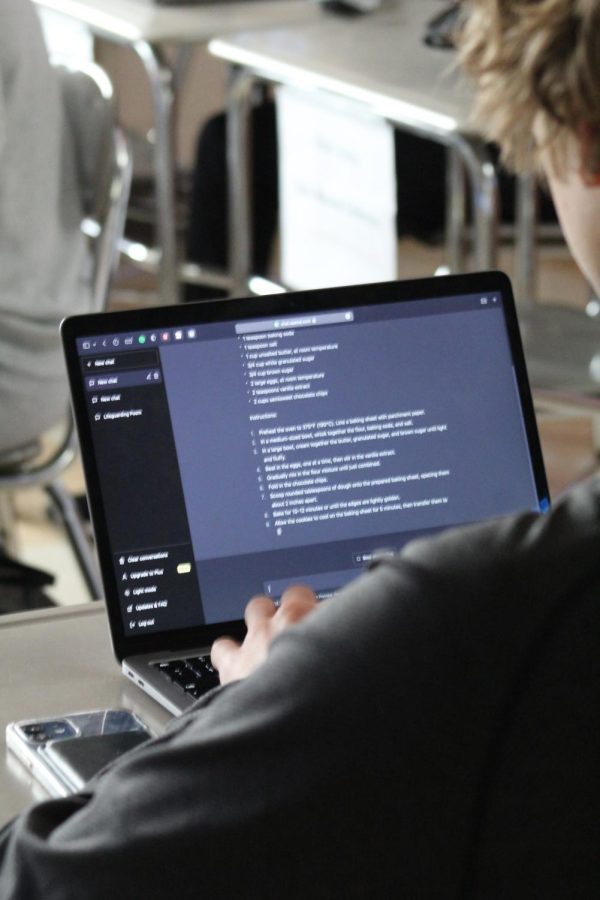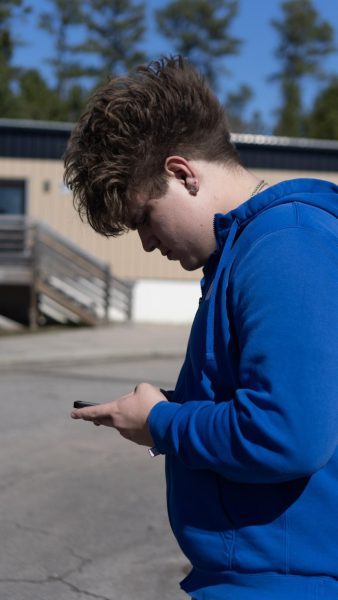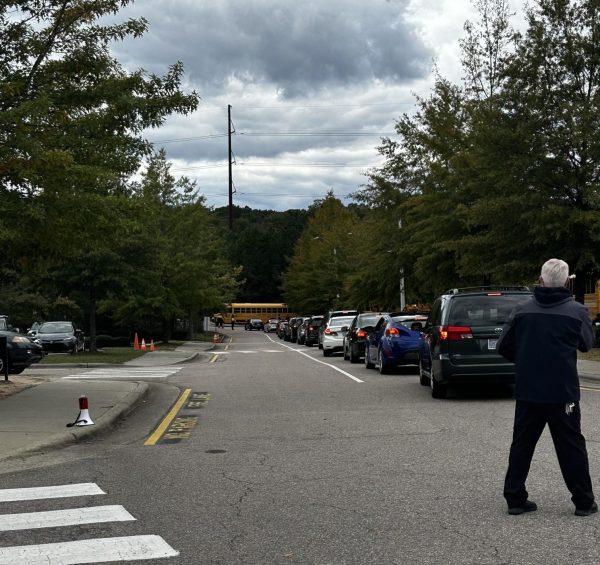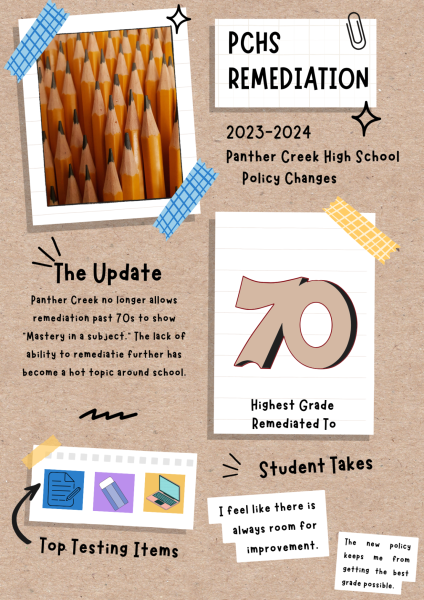PCHS’ Thoughts on ChatGPT
ChatGPT is an artificial intelligence chatbot developed by OpenAI. Since its release, it has taken the world by storm. Specifically the academic community. The morality of using its abilities is currently widely debated between students and educators alike. Panther Creek students anonymously have used the tool to aid their academic prowess recently. We spoke to these students to see their side of the story in the most recent scandal involving artificial intelligence within students’ studies.
One student claims that it helps them through writing blocks when necessary as well as help explain how to do work claiming it’s “More than an answering machine.” Most students stated they use it for writing essays, or at least brief outlines. Unlike how many teachers feel, however, others feel that its capabilities expand far beyond the classroom and can provide innovation for business, and have massive real-world applications.
In order to find the most unbiased case we could on the pros and cons of artificially enhanced learning, we turned to the AI itself. ChatGPT has written the quoted paragraphs that follow.
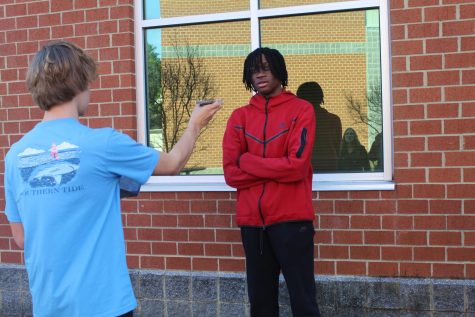
“As an AI language model, ChatGPT has the potential to revolutionize the way we approach learning in schools. With its ability to generate human-like responses to a wide range of topics, ChatGPT can be a valuable tool for students to receive personalized and on-demand support for their learning needs. However, the use of ChatGPT in schools is not controversial, and there are valid arguments for and against its use.
One of the main benefits of using ChatGPT in schools is its ability to provide personalized learning support to students. ChatGPT can be programmed to answer questions on specific topics and provide explanations tailored to individual student’s learning styles. This can help students who struggle with traditional teaching methods, providing them with an alternative way to learn that is more engaging and interactive. Additionally, ChatGPT can be available 24/7, providing students with support whenever they need it, even outside of school hours.
Another benefit of ChatGPT is its ability to help teachers save time. By providing instant feedback to students, ChatGPT can reduce the amount of time teachers spend grading assignments and answering questions. This frees up time for teachers to focus on other important tasks such as lesson planning and providing one-on-one support to students who need it.
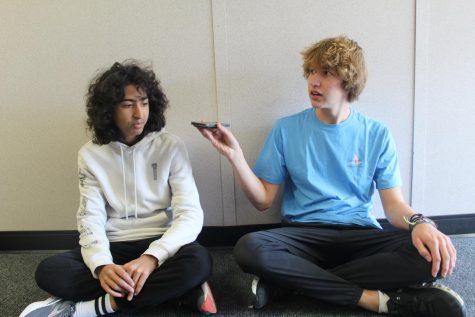
However, there are also potential drawbacks to using ChatGPT in schools. One concern is that it may replace human interaction and connection between teachers and students. ChatGPT cannot replace the nuanced understanding that teachers develop of their students over time, nor can it provide emotional support or encouragement in the same way that a human teacher can. Furthermore, some students may come to rely too heavily on ChatGPT, which could hinder their ability to learn and problem-solve independently.
Another potential issue is the risk of bias and misinformation. ChatGPT relies on large datasets to generate responses, and these datasets can reflect existing biases and inaccuracies. If not carefully monitored and moderated, ChatGPT could reinforce harmful stereotypes and provide incorrect information to students.
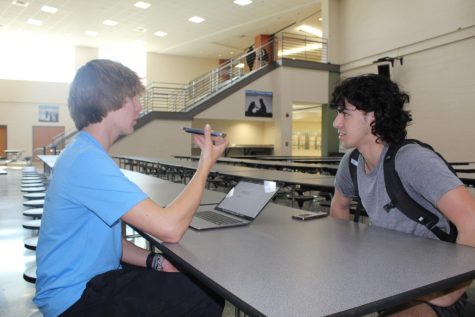
Overall, whether or not ChatGPT should be used in schools ultimately depends on how it is implemented and the level of oversight and guidance provided. If used in conjunction with human teachers and with appropriate safeguards in place, ChatGPT has the potential to enhance the learning experience for students and provide valuable support to teachers. However, if used as a replacement for human teachers or without proper oversight, ChatGPT could have negative consequences for student learning and development.
In conclusion, the use of ChatGPT in schools is a complex issue that requires careful consideration of its potential benefits and drawbacks. While ChatGPT has the potential to enhance the learning experience for students and provide valuable support to teachers, it must be used in conjunction with human teachers and with appropriate safeguards in place to ensure that it does not replace human interaction or reinforce harmful biases and inaccuracies. Ultimately, the decision to use ChatGPT in schools should be made on a case-by-case basis, with careful consideration of the specific needs and circumstances of each school and its students.”
With that being said, ChatGPT has had no shortage of use in the academic community in the past few months since its initial release. One matter to consider is the artificial intelligence that came before its release which was not only accepted but encouraged. These include Grammarly, MI Write, and many others that were publicly available years before. This begs the question, what draws the line between acceptable and academic dishonesty?
Given the current dramatic fear among teachers, where will AI stand in the future of education, and how much longer does “normal” education really have?
*Many students were interviewed for this story – those pictured in images are not representative of all students interviewed for the article. Student interviews are anonymous.


